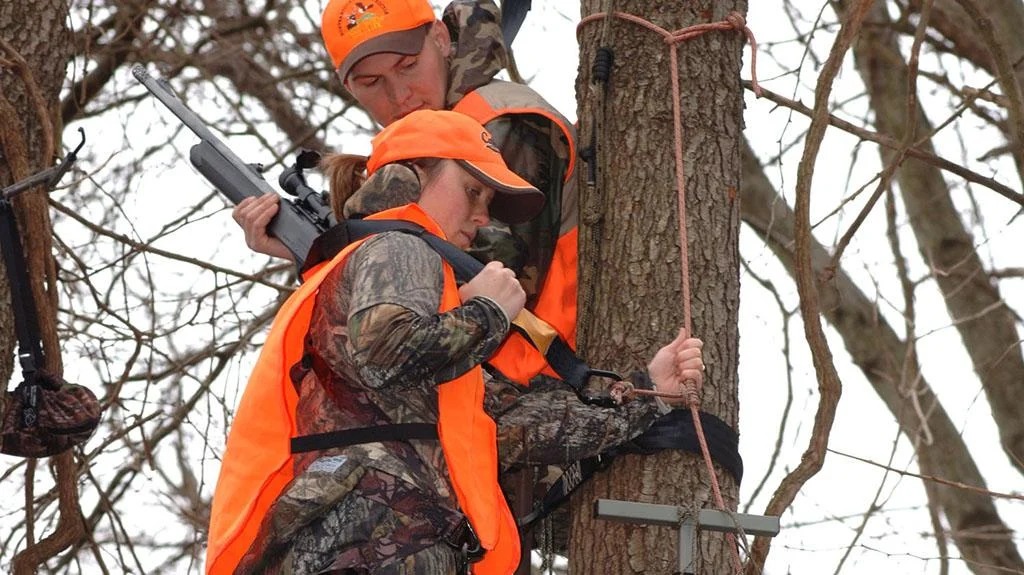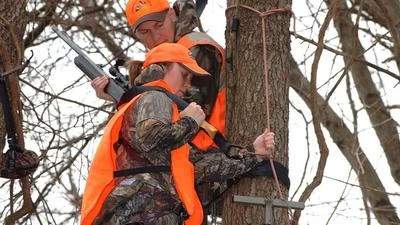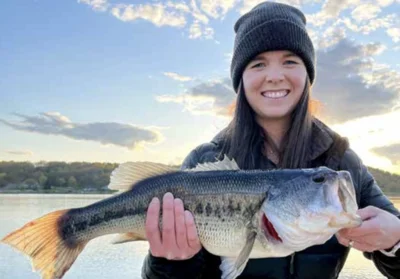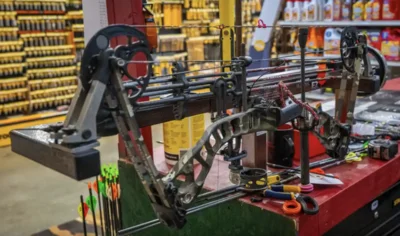With less than a month until the 2025-26 Ohio deer hunting season kicks off, hunters across the state are gearing up for another exciting and rewarding experience.
Deer hunting provides an affordable and ethical way to source natural, local meat. The Ohio Department of Natural Resources offers extensive resources to help both beginners and seasoned hunters prepare safely and responsibly.
As the season approaches, taking time to prepare with scouting tools like trail cameras, practicing tree stand safety and carefully selecting and setting up your hunting spot will greatly enhance your chances of success and enjoyment.
The regular deer season runs as follows: Archery Season from September 27, 2025, through February 1, 2026; Youth Gun Season on November 22–23, 2025; Gun Season from December 1–7, 2025; Bonus Gun Season on December 20–21, 2025; and Muzzleloader Season from January 3–6, 2026.
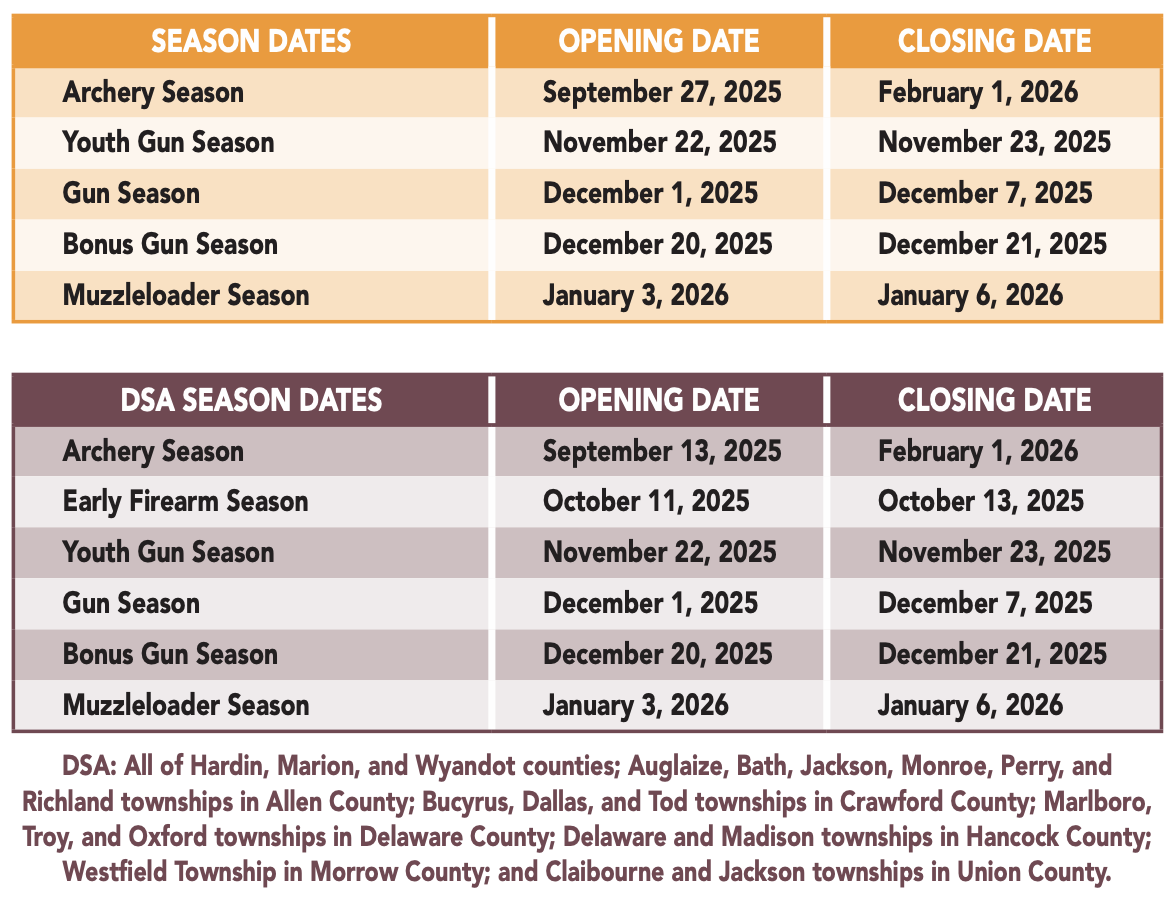
Counties have bag limits of two, three, or four deer, allowing any combination of either-sex or management permits within those limits.
Hunters must adhere to county-specific bag limits but can combine their harvests across counties to reach a statewide maximum of six deer, with only one antlered deer permitted in total.
Additionally, Disease Surveillance Areas (DSAs) offer an extended hunting schedule, including an Early Firearm Season from October 11–13, 2025.
Whether you’re a seasoned hunter or just getting started, early preparation and attention to safety and strategy are your best bets for a productive season.
Trail cameras
One of the best ways to prepare for deer season is by scouting with trail cameras, which provide valuable insights into deer movement and behavior.
Ken Fry, Outdoor Skills Specialist with the Ohio Division of Wildlife, emphasizes that choosing the right camera and positioning it properly are key to capturing the best images.
“Whether you’re just trying to use it to get general pictures of wildlife or you’re trying to get a picture of your big buck, there’s a camera for you,” Fry noted in an ODNR YouTube video on trail cameras.
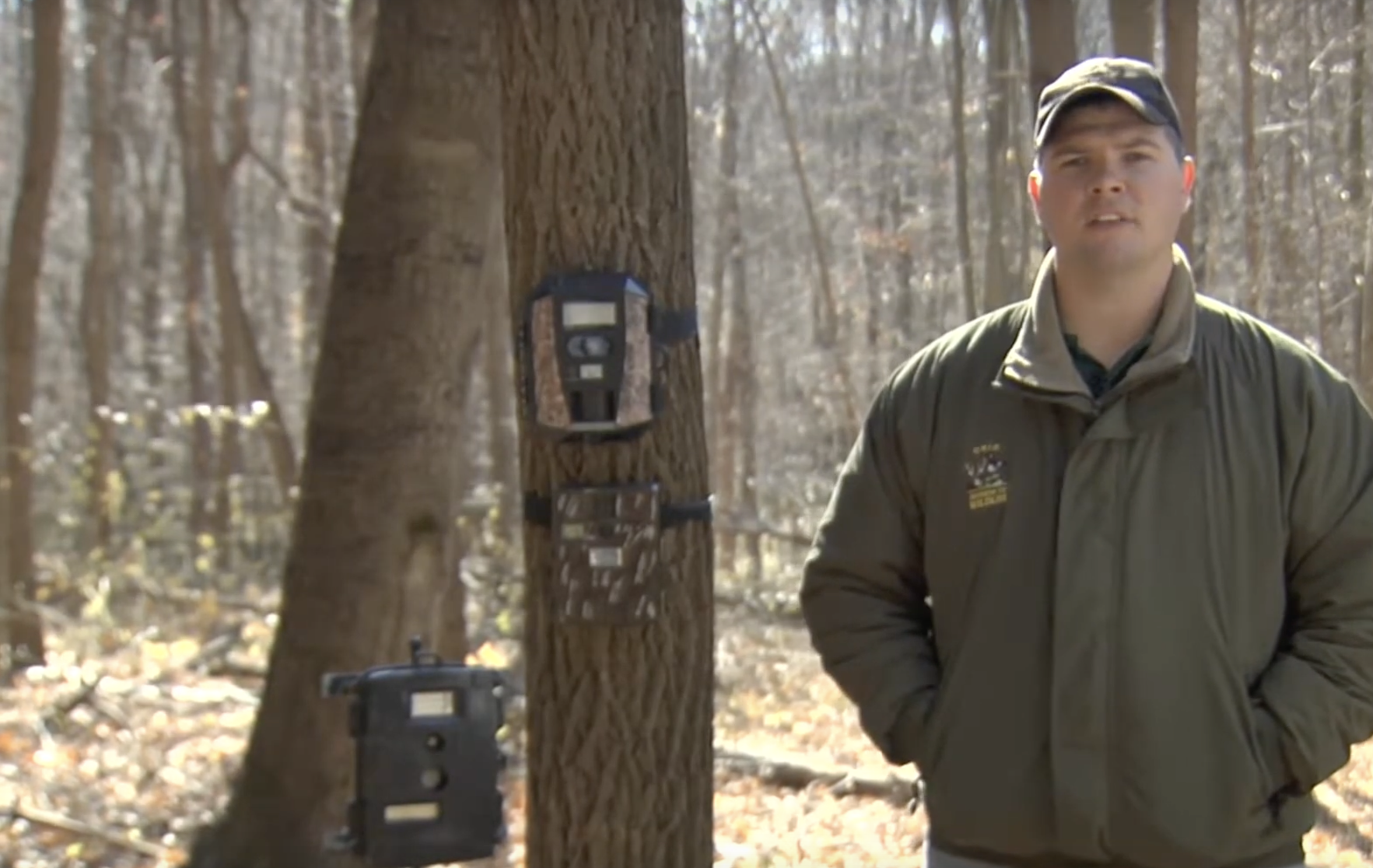
Ken Fry, Outdoor Skills Specialist with the Ohio Division of Wildlife, shares expert tips on trail camera selection and setup. (YouTube / OhioDNR)
Fry recommends using an infrared camera on active deer trails for its stealth and fast trigger speed, which reduces the chance of spooking game by avoiding visible flashes.
Proper camera setup is key: place it about three to four feet off the ground and 15 to 20 feet from the trail, angled at 45 degrees facing north to minimize sun glare.
By following these strategies, hunters can gather valuable information on deer activity, significantly improving their chances during the season.
For more guidance, hunters can consult local sporting goods stores or online resources to find the camera that best suits their needs.
Tree stand safety
While tree stands offer a strategic vantage point for hunting, they also pose significant risks.
In Ohio, tree stand falls are a leading cause of injury, with statistics showing about one in three hunters will experience a fall during their lifetime.
That’s why hunter safety education is mandatory before purchasing a license, covering firearms, archery, outdoor safety and tree stand best practices.
Permanent tree stands or metal supports are prohibited on public lands and permission must be obtained before any modifications on private property.
Using proper safety gear such as full-body harnesses and safety lines is critical to preventing falls.
ODNR encourages hunters to follow the S.T.E.P.S. to Safe Tree Stand Hunting, a set of guidelines emphasizing Safety harness use, Tree stand maintenance, Evaluation of the tree and site, hunting with Partners and carrying Signals for emergency help.
Inspect your stand carefully before each use, choose healthy, sturdy trees and always hunt with a partner while having an emergency plan in place.
Ohio also offers a free online tree stand safety course through Huntercourse.com, which takes only 15 minutes and reflects the latest research-based safety practices.
Prioritizing safety ensures not only the hunter’s well-being but also the integrity of the hunting community.
Getting your spot ready
Finding and preparing the best hunting spot is fundamental to success in deer season.
Scouting early to identify deer trails, feeding areas, water sources and bedding zones is essential.
Pay close attention to terrain and prevailing winds when planning your approach to avoid detection by deer.
Early setup of tree stands or blinds, before dense vegetation obstructs sightlines, helps deer acclimate and reduces disturbance.
After selecting your location, prepare the area by clearing shooting lanes and trimming obstructive branches to ensure a clear shot.
Quiet your approach by raking leaves and removing debris that could create noise.
Using natural access points such as creeks or thick cover can help you move stealthily while minimizing scent transfer.
Implement a strict scent control strategy by using scent-eliminating sprays, wearing rubber boots, and avoiding placing gear directly on the ground.
Always remain mindful of wind direction during both setup and hunting.
These combined techniques create a low-impact environment that enhances your chances of a successful and ethical hunt.

